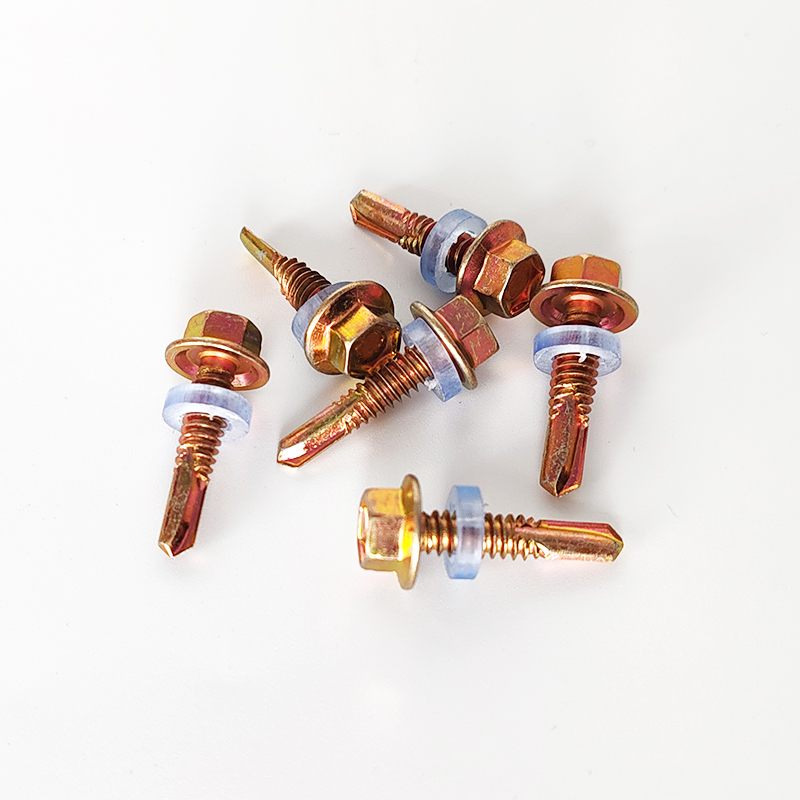expanding anchors for hollow walls
Expanding Anchors for Hollow Walls A Comprehensive Guide
When it comes to hanging objects on hollow walls—such as drywall, plasterboard, or other similar materials—using the right kind of anchor is crucial. Expanding anchors are designed to provide secure and durable support in these types of walls, preventing damage and ensuring that your hung items remain safely in place. This article will discuss the types, benefits, and applications of expanding anchors for hollow walls, along with tips for proper installation.
Understanding Expanding Anchors
Expanding anchors, also known as expansion anchors or toggle bolts, function by spreading the load across a larger surface area within the wall cavity. This design is particularly advantageous for hollow walls, where traditional screws or nails may pull out easily. When the anchor is inserted and the screw is tightened, the anchor expands or flares out behind the wall, creating a solid grip against the wall material.
Types of Expanding Anchors
There are several types of expanding anchors available for hollow walls. The most common include
1. Toggle Bolts These consist of a metal bolt with a spring-loaded winged toggle that expands once inside the wall. When properly installed, toggle bolts can support heavy loads, making them suitable for items such as shelves or wall-mounted TVs.
2. Molly Bolts These anchors have a sleeve that expands as the screw is tightened. When the screw is removed, the sleeve remains in the wall, making for easy reinstallation. Molly bolts can be used for moderate to heavy loads.
3. Plastic Expansion Anchors These simple plastic anchors expand when a screw is driven into them. While they are easy to use and suitable for light loads, they may not provide as much support as toggle bolts or molly bolts.
Benefits of Using Expanding Anchors
1. Load Distribution Expanding anchors provide a larger surface area, which means that the weight of the object is distributed more evenly across the wall. This reduces the likelihood of damage to the wall material and ensures a secure hold.
expanding anchors for hollow walls

2. Versatility They can be used to hang everything from light fixtures to heavy shelving units. This makes them a versatile choice for various applications in home improvement, construction, and DIY projects.
3. Ease of Installation Although some types of anchors may require specific tools (such as a drill), many expanding anchors are relatively easy to install with basic hardware skills. This accessibility makes them an attractive option for DIY enthusiasts.
Installation Tips
1. Choose the Right Anchor Assess the weight of the item you intend to hang. For lightweight items, plastic anchors may suffice, but if you’re hanging heavier objects, opt for toggle bolts or molly bolts for enhanced stability.
2. Drill the Correct Hole Size Follow the manufacturer's specifications for drill bit size. A hole drilled too large may diminish the anchor's gripping ability.
3. Use a Level Utilize a level during installation to ensure that your hung item is straight. This will not only enhance the aesthetic but also distribute the weight evenly.
4. Avoid Over-tightening While it’s important to secure the anchor, over-tightening can damage the wall material or the anchor itself. Tighten until snug but not so much that it causes deformation.
5. Test Before Full Use After installation, gently pull on the item to ensure it is securely fastened. If there’s any movement, reassess your installation and make necessary adjustments.
Conclusion
Expanding anchors are an essential tool for securing items on hollow walls, providing strength and stability without compromising the integrity of the wall material. Understanding the different types of anchors available, coupled with proper installation techniques, can make any DIY project easier and more rewarding. Whether you’re a homeowner looking to redecorate or a contractor working on a bigger project, incorporating expanding anchors into your toolkit will ensure that you achieve the best results while maintaining a safe and aesthetically pleasing environment.
-
Weatherproof Plastic Expansion Anchors for OutdoorNewsJun.06,2025
-
Sustainability in the Supply Chain: Eco-Friendly TEK Screws ProductionNewsJun.06,2025
-
Load-Bearing Capacity of External Insulation FixingsNewsJun.06,2025
-
Double Head Bolts: Enhancing Efficiency in Industrial MachineryNewsJun.06,2025
-
Corrosion Resistance in Chipboard Screws: Coatings for Wholesale DurabilityNewsJun.06,2025
-
Butterfly Toggle Bolts : Enhancing Structural ResilienceNewsJun.06,2025
